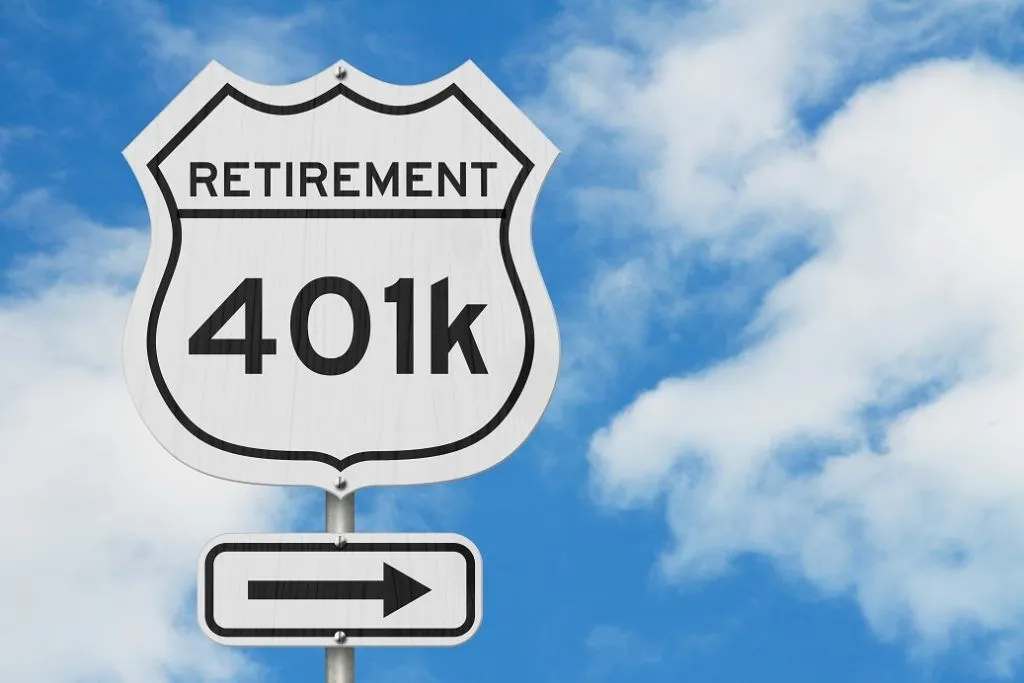
I won’t keep you in suspense. According to the latest edition of Vanguard’s “How America Saves” report, which is one of the most often-cited sources of 401(k) data, the average participant in a defined contribution plan in the 45-54 age group has $142,069 in their account.
Two big caveats
There are a couple of caveats to keep in mind here. First, the average of $142,069 is significantly higher than the median 401(k) balance for this age group of $48,301. I’ll spare you a math lesson, but generally when the average of a set of data is significantly higher than the median, it is being skewed by the larger figures. This means that half of all participants in the 45-54 age group with a Vanguard 401(k) or similar retirement plan have less than $48,301 in their account, while half have more.
Second, and most significant, these are participants’ retirement plans with their current employers. Some may have rolled former employers’ retirement accounts into their current plan, but many have not. Some have additional retirement savings in their IRAs or other brokerage accounts. So, it’s fair to say that in many cases, these aren’t the only retirement savings. Even Vanguard’s report clarifies that “current DC (defined contribution) plan balances often do not reflect lifetime savings and are only a partial measure of retirement preparedness for most participants.” Defined contribution plans are 401(k)s and similar accounts.
A bigger-picture number
With that last caveat in mind, let’s look at how much total retirement savings 50-year-olds have. Empower publishes data from its Empower Personal Dashboard, which allows investors to link to retirement plans they might have with former employers in addition to their current one.
As you might expect, the number is significantly larger. The average total 401(k) balance for someone in their 50s is $558,740, with a median of $247,338.
How is the average 50-year-old doing?
Most retirement planners agree that Americans should anticipate needing about 80% of their pre-retirement income to maintain the same standard of living after they leave the workforce. In other words, if you make $100,000 per year, you’d need about $80,000 in annual income for a comfortable retirement.
Of course, this is just a guideline, and everyone’s situation is different. But it’s a good rule of thumb.
This doesn’t all need to come from your retirement savings. You’ll most likely have Social Security income, and the average retired worker gets about $23,000 per year from it. You can get an estimate of what your Social Security benefits could be, based on your actual work record. You’ll need to create an account with the Social Security Administration if you don’t already have one. If you have any pensions or annuities, that will help as well.
For retirement savings, the general rule is that you can sustainably withdraw 4% of your savings in your first year of retirement and increase your withdrawals with inflation in subsequent years. With the average $558,740 in retirement savings among the 50-something age group, this translates into about $22,350 in annual 401(k) withdrawals.
Of course, the average 50-something is still several years away from retirement, so this isn’t necessarily their final retirement savings balance. But keep these income assumptions in mind when asking yourself, “Do I have enough?”
The bottom line
When you’re 50 and still a decade or more from retirement, it’s a great time to check in with yourself to see where you stand financially. And it isn’t just about whether you have more or less than the average — it’s about whether you’re on track to produce enough retirement income to achieve the level of financial freedom in retirement that you want.
The good news is that there is still time if you’re a little behind. The 401(k) contribution limit in 2024 is $23,000 and savers 50 and older also get a $7,500 catch-up contribution, for a total maximum of $30,500. So, if you decide to get aggressive with your 401(k) savings in your 50s, you can have a big impact by the time you are ready to retire.























